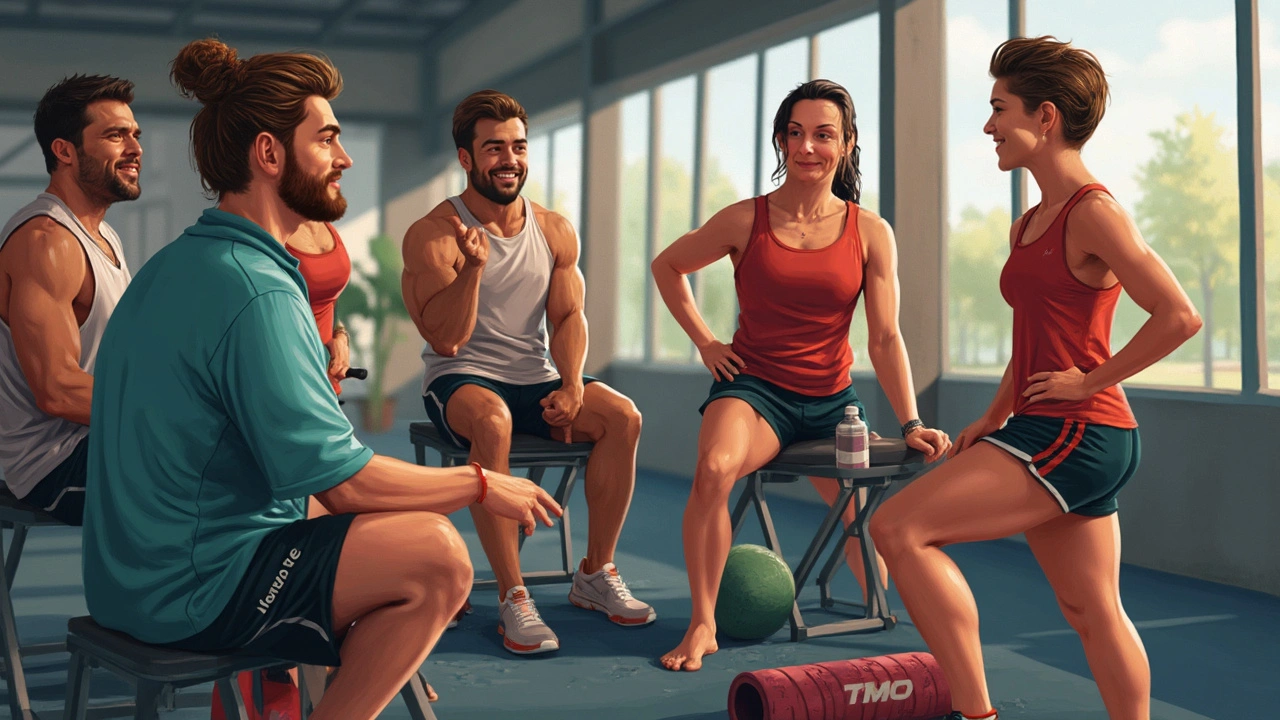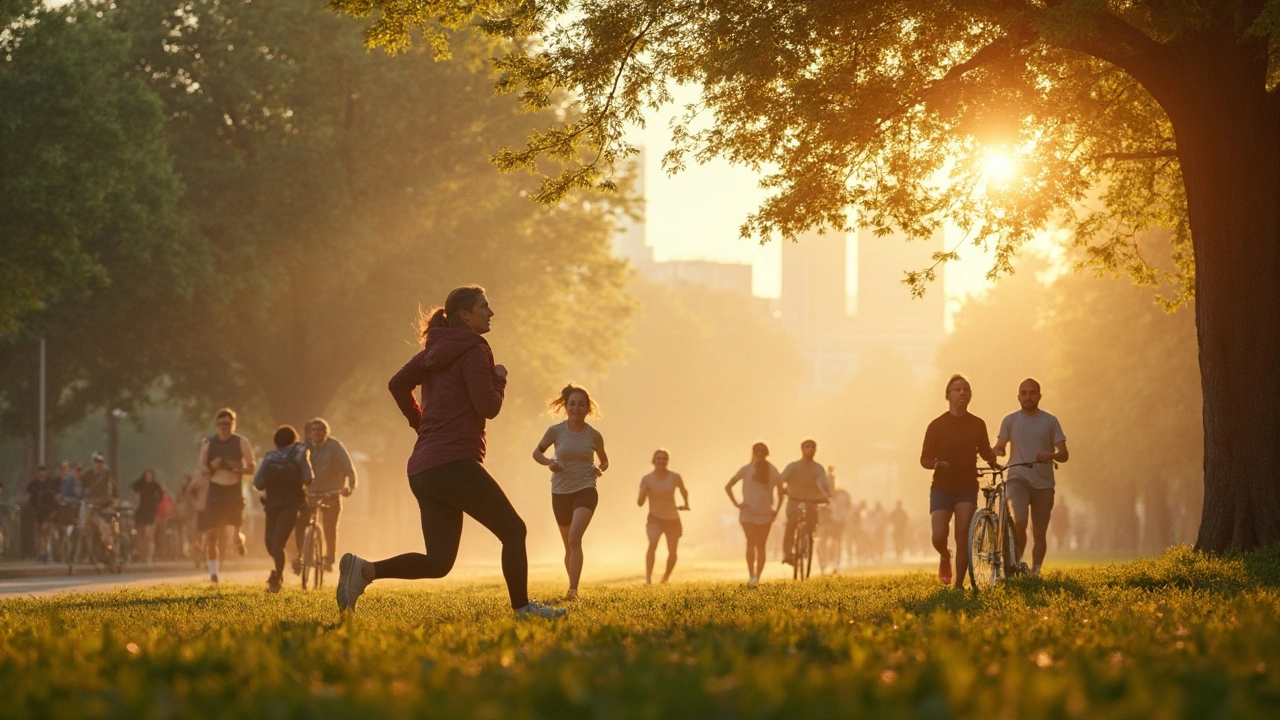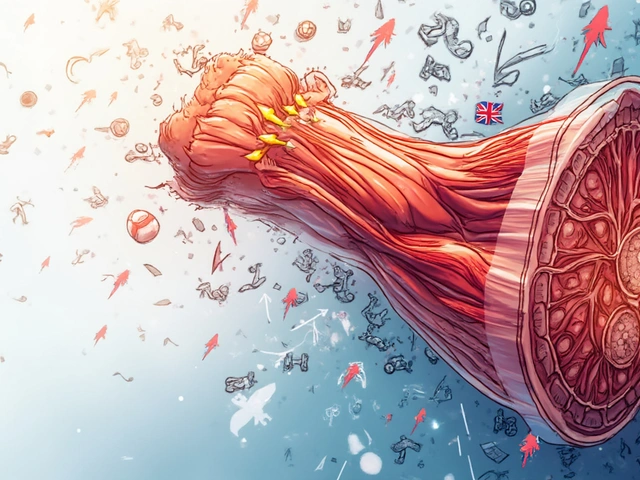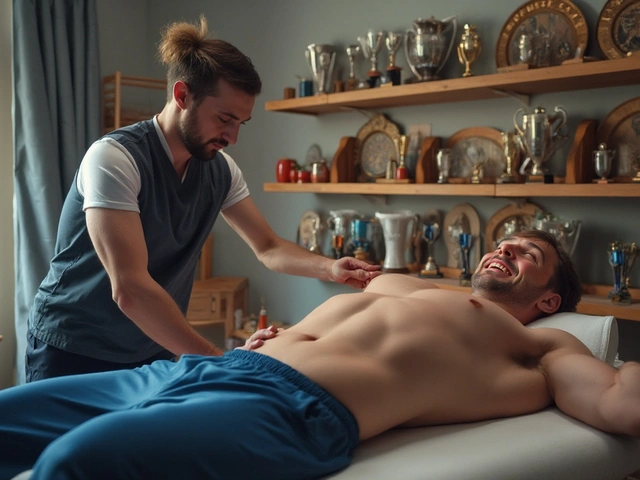Recovery: Fast, Safe Ways to Help Your Dog Heal
Most owners assume rest is enough after an injury. Fact: targeted care speeds healing and cuts the chance of re-injury. Use simple steps at home to help your dog recover smarter, not slower.
Start by assessing pain and movement. Is your dog limping, favoring one side, or avoiding stairs? Note changes and take a short video — that helps vets see what you see. Keep activity low but controlled: short leash walks, no jumping, and crate rest when unsupervised. Too much bed rest makes muscles weaker; too much activity risks setbacks.
Quick Wins for Home Recovery
Massage helps. Techniques like gentle myofascial release or light sports-style strokes can ease tight muscles and improve circulation. Use short sessions — a few minutes, two to three times daily — and stop if your dog pulls away. Omega-3s and protein help tissues rebuild. Add fish oil and a bit more lean protein to meals after checking with your vet. Small, frequent meals can be easier on a recovering dog than one big feed.
Heat and cold both have a place. Use a cold pack for the first 48 hours after a fresh injury to reduce swelling, then switch to warm compresses to relax muscles. Always wrap packs to protect skin and never leave them on more than 10–15 minutes. Controlled stretching, guided by your vet or a canine physical therapist, helps regain range of motion without overdoing it.
Sleep and routine matter. Dogs recover faster when they get consistent, quality rest and a calm environment. Keep noise low, give a comfortable bed, and avoid stressful visitors or chaotic activity. Short, gentle play sessions can lift mood without taxing recovery — think low-impact toys and slow scent games.
When to Call a Pro
If pain gets worse, your dog stops eating, or mobility dives suddenly, call your vet. Professional options that speed recovery include neuromuscular massage, myofascial release, hydrotherapy, and targeted exercise plans. A trained canine rehab therapist can create a step-by-step plan that fits your dog's age, size, and injury. Post-surgery care often combines medication, wound checks, and guided activity — missing one part can slow healing.
Track progress weekly. Short videos, notes on appetite, bathroom habits, and mobility make follow-up visits efficient and accurate. Celebrate small wins: standing longer, using stairs with less trouble, or returning to calm play are signs you’re on the right track.
Small, steady improvements add up. For example, after a minor sprain, expect two to four weeks of limited activity, with slow walks increasing by 10–20% each week. After surgery, many dogs start gentle rehab at 7–14 days, but timelines vary — follow your vet's plan. Keep a simple log: date, walk length, appetite, pain signals, and a short video. That record helps spot plateaus and shows your vet if you need adjustments. Be patient but proactive: steady, planned steps beat rushed comebacks every time.
Recovery is a team effort: you, your vet, and smart home care. Use massage, nutrition, safe movement, and rest to help your dog bounce back faster and stronger. When in doubt, reach out — quick action today prevents longer problems later.
For tailored exercises or recovery plans, get a canine rehab referral from your vet or consult a certified canine physical therapist near you.

Sports Massage: Boost Your Endurance the Practical Way
Sports massage isn't just about easing muscle aches—it's a powerful tool to push your endurance further. This article gets into how regular sports massage can help you stay stronger for longer, speed up recovery, and keep nagging injuries in check. You'll find practical tips, clear facts, and real-world advice, whether you're a weekend warrior or serious about your training. Discover how massage fits into your routine and the science behind why it works. No fluff, just straight talk that will help your body go the distance.

Sports Massage Benefits: Real Perks for Your Body and Mind
Sports massage isn’t just for athletes—it’s for anyone who wants to feel better, move easier, and recover faster. This article breaks down why regular sports massage can boost your body and even your mood. Find out how it helps reduce injury risk, cuts pain, and loosens stiff muscles. Get tips, facts, and expert advice you’ll actually use. Say goodbye to sore limbs and hello to a better way to treat your body.

Unlocking Peak Performance with Sports Massage Techniques
Sports massage is an increasingly popular practice among athletes looking to enhance their performance and recovery. It involves tailored techniques that help to increase flexibility, prevent injuries, and reduce recovery time. This article delves into the science behind sports massage, offering insights into its benefits, methods, and tips for integrating it into regular athletic routines. Whether you're a professional athlete or an active enthusiast, understanding these techniques can serve as a secret weapon in achieving athletic goals.




